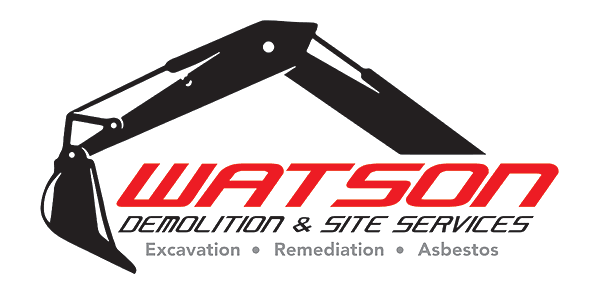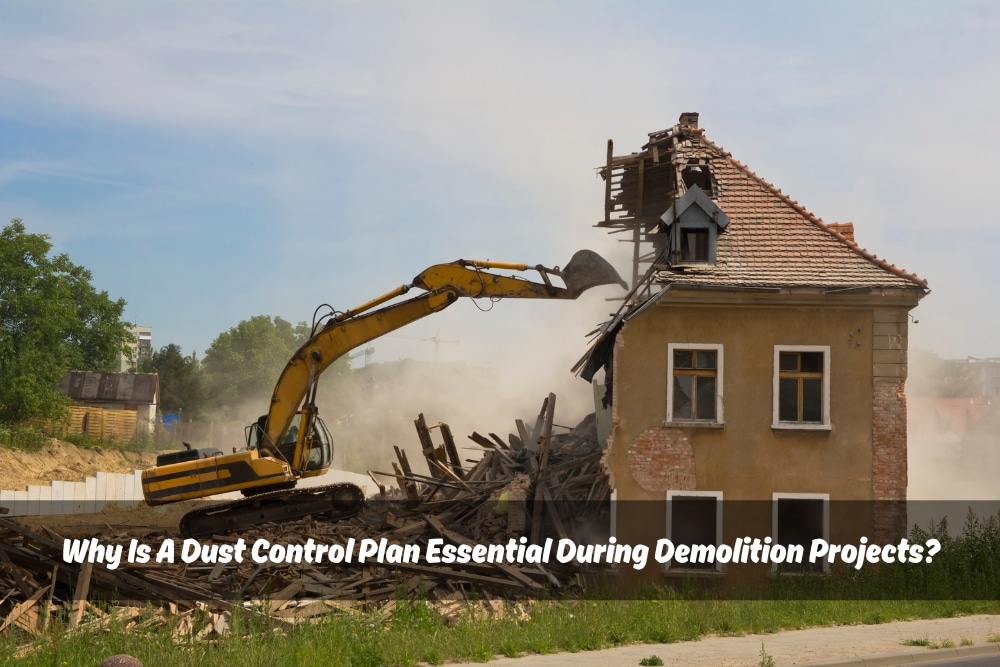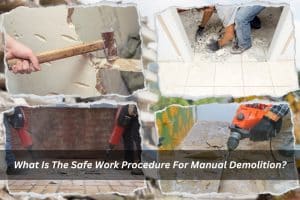Demolition projects are a crucial part of development and urban renewal. But amidst the rumble and roar of machinery, a hidden danger lurks dust. Those seemingly harmless clouds can pose serious health risks and disrupt the surrounding environment. That’s why a well-crafted dust control plan is essential for any demolition project.
What health risks can demolition dust pose?
Demolition dust isn’t just a nuisance – it’s a serious health hazard. Inhaling these tiny particles can cause a range of problems, from immediate irritation to long-term illnesses. Here’s a breakdown of the key health risks:
- Respiratory irritation: Dust particles irritate the airways, leading to coughing, wheezing, and shortness of breath. This is similar to the feeling of having a cold.
- Scarring of the lungs (silicosis): Long-term exposure to dust containing silica (a common mineral in building materials) can cause scar tissue to form in the lungs. This reduces lung function and makes it harder to breathe. Silicosis is a serious and irreversible condition.
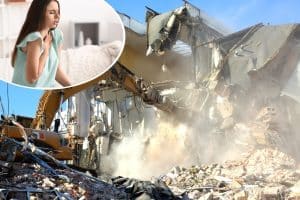
- Aggravated asthma: If you have asthma, dust exposure can trigger attacks and worsen symptoms.
- Risk of lung cancer: Studies suggest a link between long-term exposure to dust and an increased risk of lung cancer, particularly when combined with smoking.
- Exposure to asbestos: Demolishing older buildings poses a particular risk. Asbestos, a highly hazardous material, can be present in these structures. When disturbed, asbestos fibres become airborne and can cause mesothelioma, a life-threatening cancer of the lung lining.
Who can be affected by demolition dust?
The impact of demolition dust isn’t limited to the demolition crew. Here’s a breakdown of who can be affected:
- Demolition workers: Those directly involved in the demolition process are at the highest risk of inhaling dust particles. Proper respiratory protection is crucial, but a good dust control plan minimises exposure overall.
- Nearby communities and businesses: Dust doesn’t respect boundaries. It can easily travel on wind currents, affecting residents and businesses in close proximity to the demolition site. This can lead to respiratory problems and property damage from dust settling on surfaces.
How can dust affect the community?
The negative effects of dust on surrounding areas are two-fold:
- Respiratory issues: People living or working near a dusty demolition site can experience breathing difficulties, coughs, and irritation of the airways. This is especially problematic for children, older adults, and those with existing respiratory conditions like asthma.
- Reduced enjoyment of property: A constant dust cloud can make spending time outdoors unpleasant. People might be less likely to use their yards, balconies, or even open windows due to the dust.
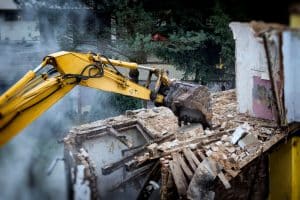
- Potential damage to property: Dust settling on cars, furniture, and outdoor equipment can be a nuisance to clean and may even cause scratches on car paint or wear down other surfaces over time. In some cases, very fine dust particles can get inside electronics and machinery, causing damage.
- Impact on local businesses: Retail stores, cafes, and other businesses in the vicinity might suffer a drop in customers if the area becomes dusty and unpleasant.
When are dust control plans required?
Here’s a breakdown of the situations where a dust control plan becomes essential:
- Local council requirements: Every Australian state and territory has regulations mandating dust control during demolition. These regulations can differ, so it’s crucial to check with your local council to understand the specific requirements for your project, which will align with the standard protocol for demolition dust control.
- Project size and dust generation potential: The scale and type of demolition play a big role. Larger projects involving materials like concrete or brick are more likely to create significant dust clouds. These projects will almost always require a detailed dust control plan.
- Presence of hazardous materials: If the demolition involves structures built before the 1980s, there’s a chance they contain asbestos. Asbestos fibres released during demolition are extremely dangerous, and a comprehensive dust control plan becomes mandatory to ensure worker and public safety.
- Public proximity: Demolition projects near residential areas, schools, businesses, or public spaces require stricter dust control measures. This minimises the impact on the surrounding community and ensures good air quality.
Why should you invest in a dust control plan?
While a dust control plan requires upfront planning and resources, it offers numerous benefits in the long run:
- Save money on equipment: Dust acts like sandpaper for machinery filters and other delicate components. A good dust control plan minimises dust exposure, which means less wear and tear, fewer repairs, and ultimately, a longer lifespan for your equipment. This translates to significant cost savings down the line.
- Keep the community happy: A dusty demolition site is a recipe for neighbourly frustration. By proactively implementing a dust control plan, you show the community you respect their well-being. This fosters positive relationships and avoids complaints – a win-win for everyone.
- Avoid fines and delays: Local regulations regarding dust control are in place for a reason. Failing to comply can lead to hefty fines and even project delays. A well-defined dust control plan ensures you stay on the right side of the law and avoid unnecessary hiccups in your project schedule.
- Protect your reputation: Responsible demolition practices are good for business. A commitment to dust control shows you’re an environmentally conscious company that prioritises the health and safety of workers and the surrounding community. This builds a positive reputation that can attract future clients and projects.
Conclusion
Demolition projects play a vital role in shaping our cities, but they shouldn’t come at the expense of public health and environmental well-being. A well-crafted dust control plan helps mitigate the risks associated with demolition dust, protecting workers, communities, and the environment.
Don’t let dust become a demolition headache. At Watson Demolition & Site Services, we specialise in safe, efficient, and minimally disruptive demolitions. Our experienced crew prioritises dust control measures to protect your health, the environment, and the surrounding community.
Contact us today for a free quote and see how our demolition expertise can make your project a success. We’ll handle the demolition, so you can focus on building the future.
